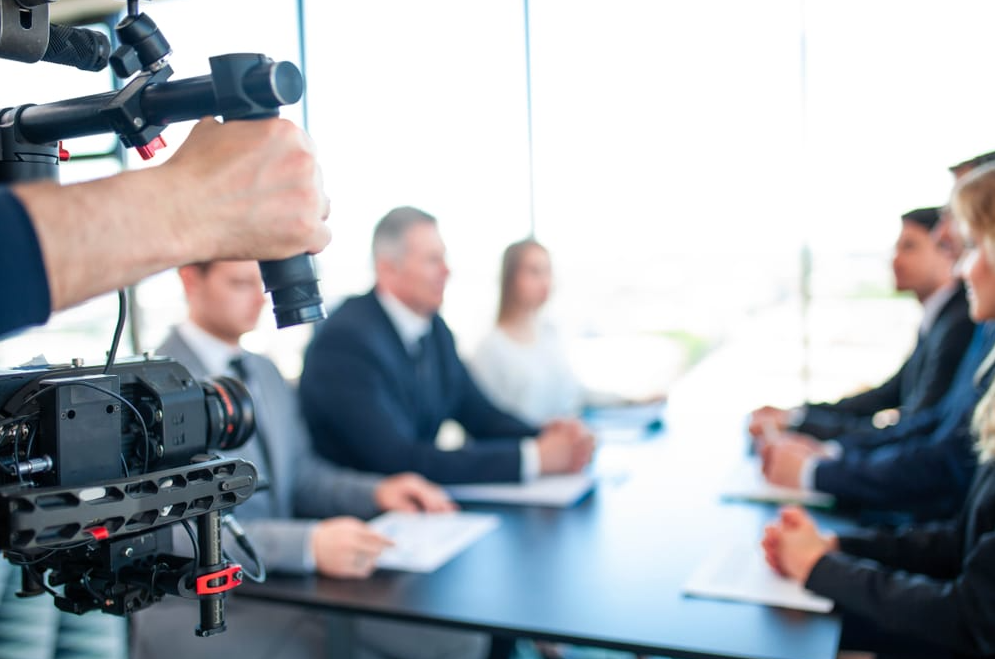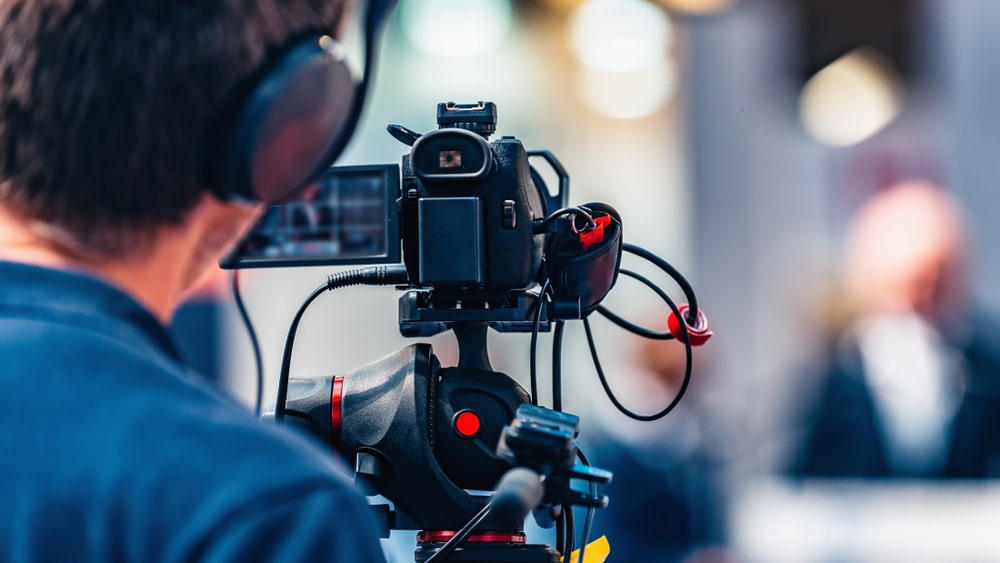The Function of Legal Videography in Depositions and Tests
Lawful videography has actually become an essential device in both depositions and tests, supplying a diverse method to documenting witness testimonies. By recording not just the spoken word but additionally the nuances of non-verbal communication, this tool boosts the reliability of testimonies and maintains important evidence for future proceedings (legal videography). As attorneys progressively identify its value, it motivates a much deeper examination of just how these visual documents can affect juror assumptions and trial end results. What ramifications might these developments hold for the future of lawful method?

Significance of Lawful Videography
Lawful videography plays a critical duty in the documentation and presentation of depositions and trials. This specialized field incorporates technological skills with legal expertise to create a trustworthy record of procedures that can significantly influence case outcomes. The visual aspect of lawful videography enhances the understanding of witness statement, permitting jurors and judges to observe not just the talked words yet also the attitude, emotions, and body movement of the witnesses.
Furthermore, legal videography offers an objective account of events, reducing the potential for false impression that can accompany written transcripts alone. This aesthetic documents offers as a crucial device throughout test discussions, promoting a more clear and more persuasive story for both complainants and accuseds. Moreover, the capability to replay video sections during court proceedings enables lawful teams to emphasize bottom lines, enhancing their disagreements efficiently.
The significance of legal videography expands past the court; it also plays an essential role in preserving proof for future reference, whether for charms or further lawsuit. Its combination right into the legal procedure is essential for making certain a fair and accurate representation of the realities, inevitably adding to the quest of justice.

Process of Legal Videography
While recording the nuances of depositions and tests, the process of legal videography involves a number of important steps that ensure top notch, exact recordings. At first, a specialist legal videographer prepares by evaluating the situation products and recognizing the details requirements of the deposition or trial. This prep work includes familiarizing themselves with the individuals and the context, which helps in capturing pertinent details.
On the day of the recording, the videographer establishes up the necessary devices, which commonly consists of high-def cameras, microphones, and correct lighting. Ensuring optimum angles and audio quality is vital, as it straight influences the performance of the recording. The videographer connects with lawyers and participants to develop methods, making certain that every person comprehends the recording process.
During the deposition or test, the videographer diligently tapes the procedures, paying close interest to both verbal and non-verbal cues. This includes recording the temperament and responses of witnesses and attorneys. After the session concludes, the videographer might modify the video for clarity and conformity with legal standards, generating a last product that properly shows the proceedings for future reference and usage in legal contexts.
Advantages in Depositions
The consolidation of videography in depositions provides numerous benefits that enhance the total process of gathering proof. why not try here One primary advantage is the ability to record witness statements with visual and acoustic fidelity, offering a more exact representation of the witness's demeanor, tone, and body movement. This multidimensional method permits attorneys and courts to evaluate credibility better than traditional written records alone.
In addition, videographed depositions work as an effective tool for maintaining testimony. Must a witness become inaccessible for test, their recorded deposition can be played in court, making sure that their proof remains easily accessible and relevant. This element dramatically decreases the danger of shedding important details that could affect situation end results.

Lastly, videography enhances the overall expertise of the deposition procedure, instilling self-confidence in customers relating to the thoroughness of their lawful depiction (legal videography). By leveraging modern technology, lawyers can dramatically enhance the efficiency of depositions
Influence on Tests
In lots of trials, the integration of videography can considerably influence the presentation of proof and the court's understanding. Legal videography captures witness testaments and critical proof in a vibrant layout, allowing jurors to involve with try these out the material on multiple levels. This aesthetic element improves the storytelling facet of a trial, offering context and emotional resonance that traditional text-based evidence might do not have.
In addition, video recordings can serve as powerful devices for impeachment during cross-examination. When discrepancies occur in between a witness's prior statements and their court testament, video proof supplies an objective reference that can persuade jurors' point of views. This immediacy and clearness can bolster the trustworthiness of a party's story while simultaneously threatening opposing disagreements.

Future Trends in Legal Videography
As we look towards the future of lawful videography, numerous arising patterns guarantee to improve its role within the courtroom. One significant trend is the assimilation of expert system (AI) in video clip evaluation and editing and enhancing. AI can simplify the procedure of identifying essential moments in recorded depositions, permitting lawyers to rapidly access pertinent web content, thereby enhancing efficiency in case preparation.
In addition, the surge of digital truth (VR) and increased fact (AR) modern technologies is anticipated to transform how jurors experience proof. legal videography. By submersing jurors in a substitute atmosphere, these technologies can provide an extra extensive understanding of intricate situations, resulting in more enlightened deliberations
Furthermore, the site raising need for remote depositions, sped up by the COVID-19 pandemic, will likely continue. Lawful videographers will require to adjust to new software and systems to guarantee top quality recordings in virtual setups.
Lastly, the expanding focus on data security will certainly necessitate stricter methods for keeping and sharing video proof. As the legal landscape advances, legal videographers have to stay abreast of these fads to maintain their importance and effectiveness in the judicial procedure.
Conclusion
In recap, lawful videography serves a crucial function in the judicial procedure, enhancing the honesty of depositions and trials. By catching the nuances of witness testimonies, this tool not just protects important proof but likewise help in presenting info properly to jurors. The value of aesthetic documentation in examining trustworthiness and promoting cross-examination can not be overemphasized. As technology continues to advance, lawful videography is poised to additional change its duty within the legal landscape.